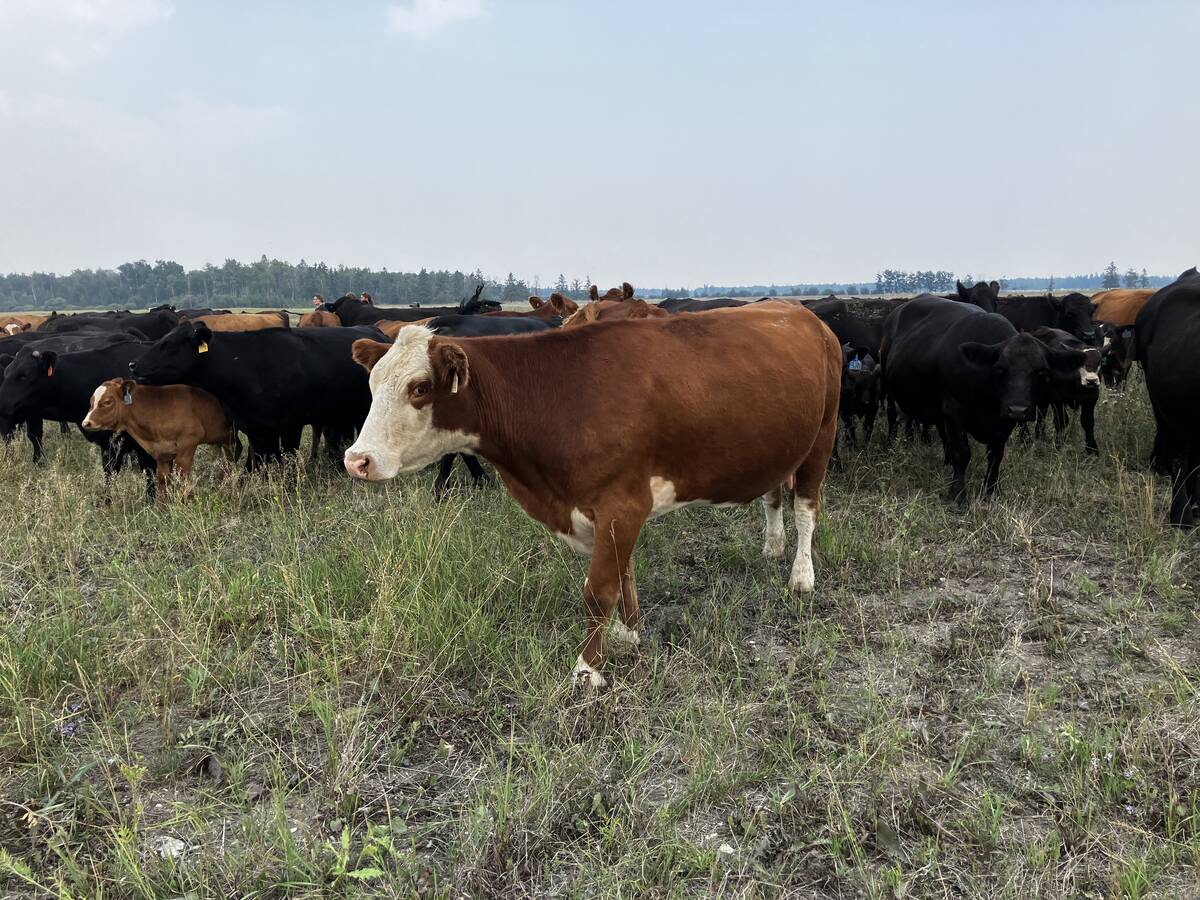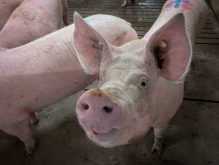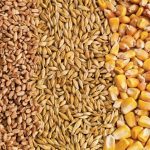Western Canadian feeder cattle prices were steady to $1 higher last week while U.S. prices were $1 to $3 higher. The weaker Canadian dollar enhanced demand from south of the border and domestic buying interest also resurfaced. Buyers searching for grass cattle were out in full force, competing with aggressive feedlot interests.
CanFax reported April feedlot placements up 19 per cent over last year but feedlot marketings were also up 19 per cent. Feeding margins haven’t been this good for a long time and feedlot managers don’t want to miss out on potential opportunities during the fall period.
Read Also

Beef DNA testing now available in Canada
Tissue samples for DNA testing in beef cattle can now be analyzed at the Global Institute for Food Security at the University of Saskatchewan.
We are seeing all types of buyers come out of the woods, even if they haven’t owned cattle for two or three years. Talk of positive feedlot margins tends to spread like wildfire and this herd mentality has rekindled interest in the custom feeding industry. Even guys with the smallest pasture are trying to buy some grassers.
Cash feeder cattle values appear to be isolated from the European debt crisis. While the feeder cattle futures came under pressure late last week, there was no sign that buyers in the auction ring were slowing down. In fact, the weaker Canadian dollar, along with softer corn prices, kept buying enthusiasm for feeder cattle quite strong. At this time, we don’t see any real threat to North American beef consumptive patterns, with favorable barbecuing weather in the forecast for the next seven to 10 days. Longer-term forecasts are also encouraging, so we are looking for improved retail beef movement during June and July.
The larger export program, improved grass conditions and steady feedlot demand will keep the feeder market well supported. Despite these favourable market conditions, the world can be an uneasy place. Looking at past history, feeder cattle futures tend to hover at historical highs for five to eight weeks and then there is a significant pullback. These moves can be unforeseen and unexplainable. All of a sudden, we wake up one morning and realize that $10 to $15 has eroded out of the feeder market. To reiterate from last week, buying some put options may be prudent strategy for cow/calf producers. Markets are most bullish right at the top and most bearish right at the bottom. Right now, some buyers are so bullish they can’t see straight; therefore, the top may be very near.
— Jerry Klassen is a commodity market analyst in Winnipeg and maintains an interest in the family feedlot in southern Alberta. He writes an in-depth biweekly commentary called Canadian Feedlot and Cattle Market Analysis for feedlot operators in Western Canada. He can be reached by email at [email protected] or 204-287-8268 for questions or comments.
The material contained herein is for information purposes only and is not to be construed as an offer for the sale or purchase of securities, options and/or futures or futures options contracts. While the information in this publication cannot be guaranteed, it was obtained from sources believed to be reliable. The risk of loss in futures trading can be substantial. The article is an opinion only and may not be accurate about market direction in the future. Do not use this information to make buying or selling decision because adverse consequences may occur. This information may be wrong and may not be correct about current market conditions in all areas of Canada. This is an opinion only and not based on verified facts.















